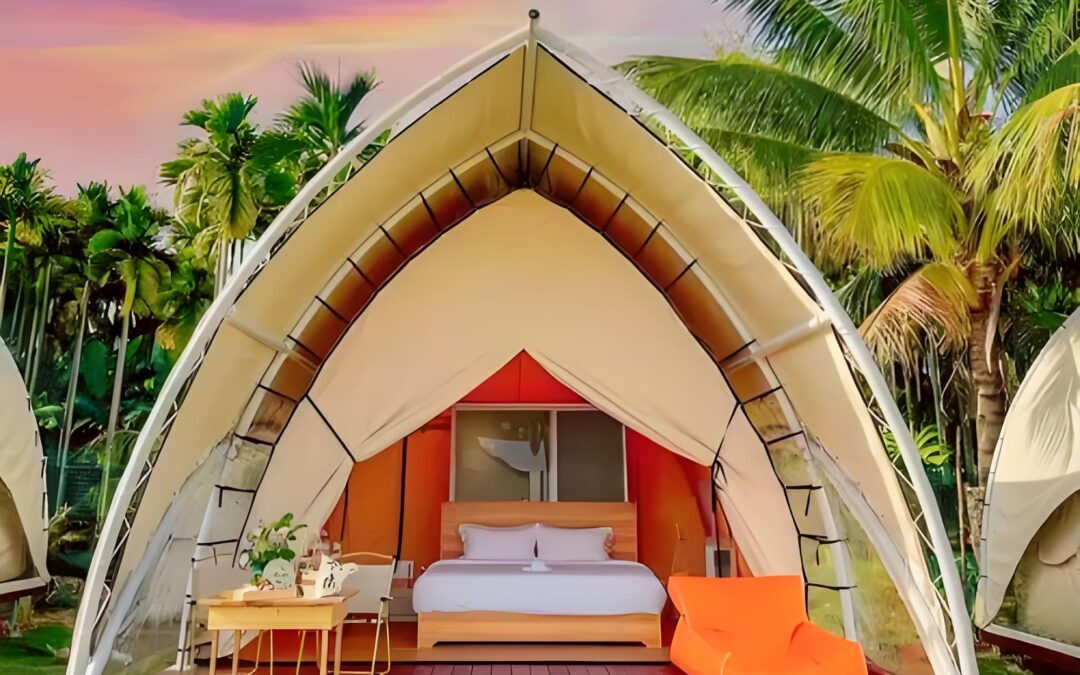Check out our featured post: Choosing the Perfect Glamorous Tent Manufacturer: Tips and Benefits for Your Dream Event
Recent Posts
- Innovative Designs: Blending Functionality with Aesthetic Appeal in Modern Pods and Tents
- The Art of Quiet: How Soundproofing Technology Creates Productive Environments
- RevolutionizinAccommodations: Capsule Pod Hotels for Modern Travelers
- Compact Comfort: Maximizing Space with Stylish and Functional Capsule Bed Solutions
- Revolutionizing Rest: The Game-Changing Impact of Sleep Pods in Modern Environments
Recent Comments
No comments to show.

